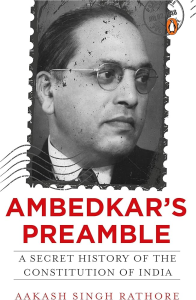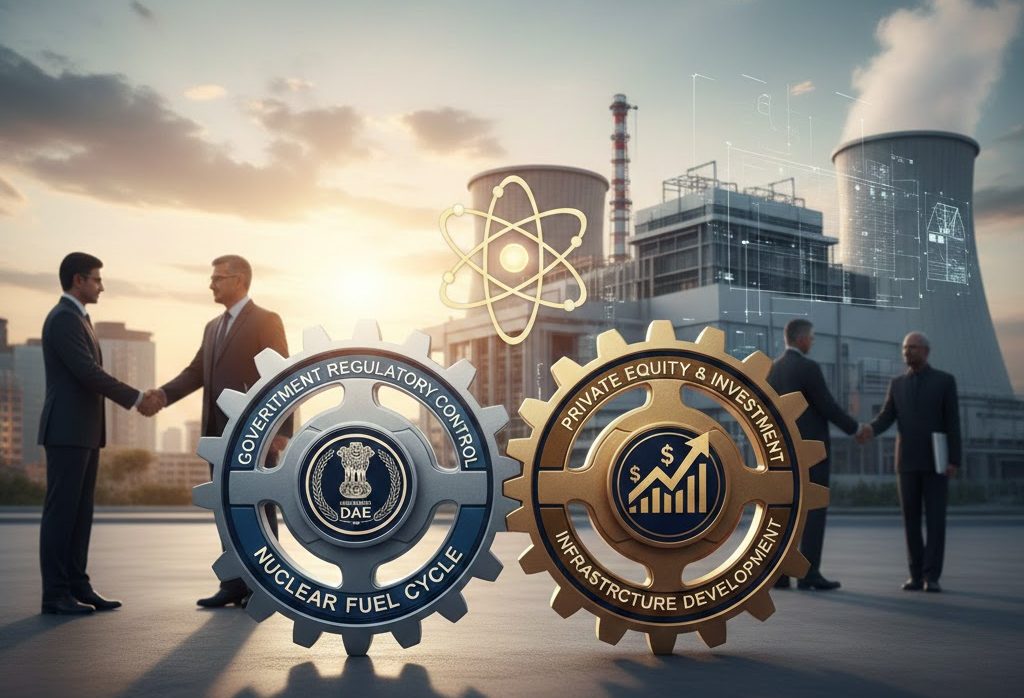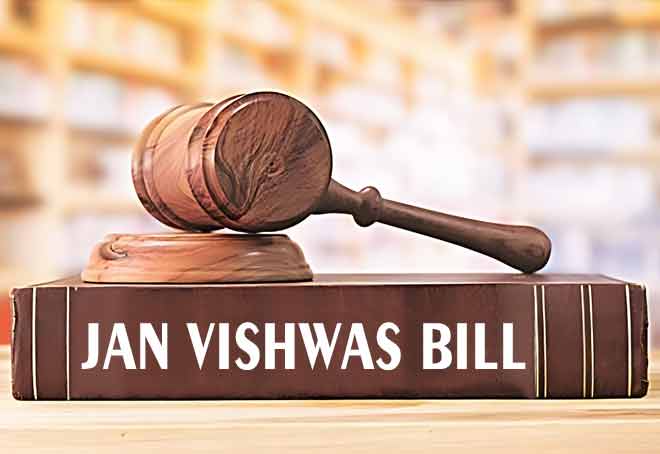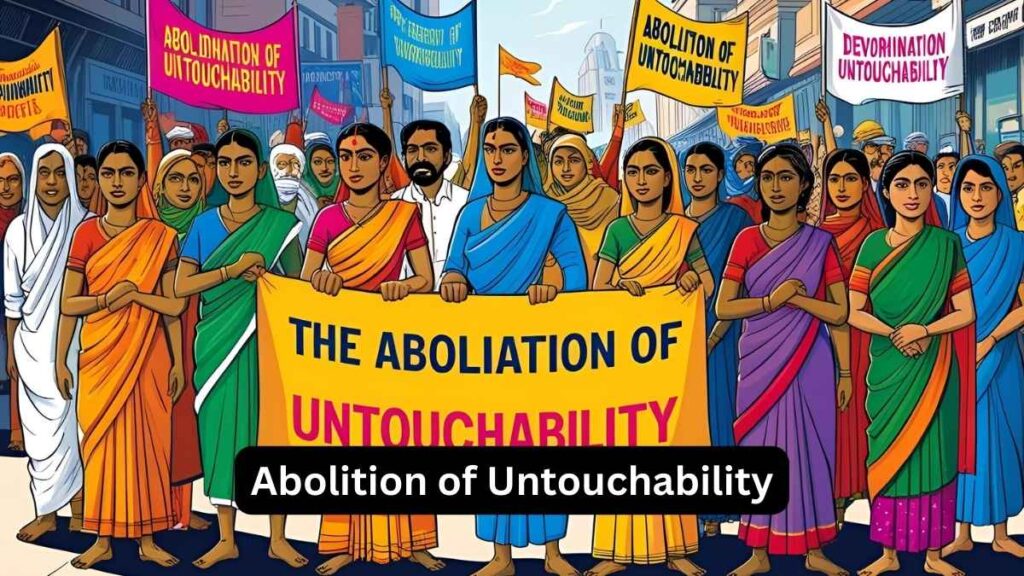Font size:
Print
Why Crimea Matters to Russia — and the Implications of US Recognition
Crimea’s Strategic Importance: Why Russia Clings to It and What US Recognition Really Means
Context: In a recent interview with Time Magazine, US President Donald Trump claimed that the Crimean Peninsula had been “handed to Vladimir Putin by Barack Obama”, reinforcing his stance that “Crimea will stay with Russia.” Earlier this week, Trump reportedly pressed Ukraine to accept a peace deal under which the US would recognise Crimea—seised by Russia in 2014—as Russian territory.

Strategic Significance of Crimea for Russia
-
Geography & Military Strategy
Why Crimea is Politically Symbolic
- In Russian national consciousness, Crimea is tied to imperial and Orthodox Christian heritage. Putin called it a “sacred place.”
- The 2014 annexation, although widely condemned internationally, triggered surging domestic approval for Putin, symbolised by the slogan “Krym nash” (“Crimea is ours”).
How Crimea Shapes the War in Ukraine
- Crimea is a military staging ground — used to launch and sustain operations in southern Ukraine.
- The Kerch Bridge, connecting Crimea to Russia, is a logistical lifeline — its attacks by Ukraine signify Crimea’s ongoing military importance.
- Russian objectives since 2022 have included securing a land corridor from Donetsk and Zaporizhzhia to Crimea, reinforcing the annexation.
- Warm-Water Port Access: Russia’s northern ports are icebound in winter, limiting naval and trade operations. Crimea provides year-round naval access via the Black Sea to the Mediterranean, Red Sea, and Indian Ocean.
- Sevastopol Naval Base: Crimea hosts Russia’s most capable deep-water port at Sevastopol — the historic home of the Russian Black Sea Fleet. Other Russian ports like Sochi and Novorossiysk are less strategically viable.
- Geopolitical Buffer
-
- After Ukraine’s pro-Western pivot post-2014, Crimea became a buffer to prevent NATO expansion directly on Russia’s southern flank.
- Russia sees NATO’s expansion into former Soviet regions (e.g., Romania, Bulgaria) as encroachment — Crimea counters that perceived threat.
- Land & Water Control
-
- North Crimean Canal: Built during the Soviet era, this canal transported up to 85% of Crimea’s water from the Dnieper River in Ukraine. Kyiv shut it after 2014; Russia secured it by occupying parts of Kherson in 2022.
- Control over Crimea ensures long-term access to critical water resources and physical continuity between Russia and the peninsula.
Implications of US Recognising Crimea as Russian Territory
- Shift in Global Norms
-
-
- Recognition would legitimise land acquisition by force, contradicting international law (e.g., UN Charter).
- It would set a precedent — for China in Taiwan, or others in disputed regions (e.g., South China Sea, Kashmir).
-
- Ukraine’s Sovereignty Undermined
-
-
- President Zelenskyy has firmly rejected any concession: “This is our land.”
- Formal US recognition would breach Ukraine’s constitution and weaken global support for Kyiv’s territorial claims.
-
- Dangerous Precedent
-
- Analysts fear such a concession could encourage future Russian aggression. Giving Crimea may embolden Moscow to push for further expansion once it regains military strength.
- It may also destabilise US alliances, especially in Europe, where many countries view Russian expansionism as a direct threat.
Divergent Stances: Russia, Ukraine, and International Players
- Ukraine’s Position
-
-
- President Zelenskyy has categorically stated:
“There is nothing to talk about. It is our land, the land of the Ukrainian people.” - Ukraine insists on restoring 1991 borders, including retaking Crimea.
- Ukrainian attacks deep into Crimea signal Kyiv’s resolve to challenge Russian control.
- President Zelenskyy has categorically stated:
-
- Russia’s Position
-
-
- President Putin views Crimea as “sacred”, making it non-negotiable.
- Russia demands international recognition of Crimea as Russian territory as a precondition for peace.
-
- U.S. and Western Stance
-
-
- The United States and most of the West refuse to recognise the annexation.
- US Vice President JD Vance has proposed a peace plan suggesting a freeze of current territorial lines, but its implication for Crimea remains unclear.
- Vance stated: “It’s time for them to either say ‘yes’ or for the United States to walk away from this process.”
-
- Criticism from Former U.S. President Trump
-
-
- Donald Trump criticised Zelenskyy for refusing to negotiate on Crimea.
- Trump suggested that Ukraine’s hardline stance was prolonging the war.
-
- US Domestic and Diplomatic Dilemma
-
- While Trump’s 2025 stance hints at accommodating Russia for peace, it reverses positions taken by his own earlier administration and decades of bipartisan US policy.
- Any such recognition could fracture Western unity — particularly with NATO and EU partners who remain steadfastly against legitimizing Russia’s 2014 annexation.



